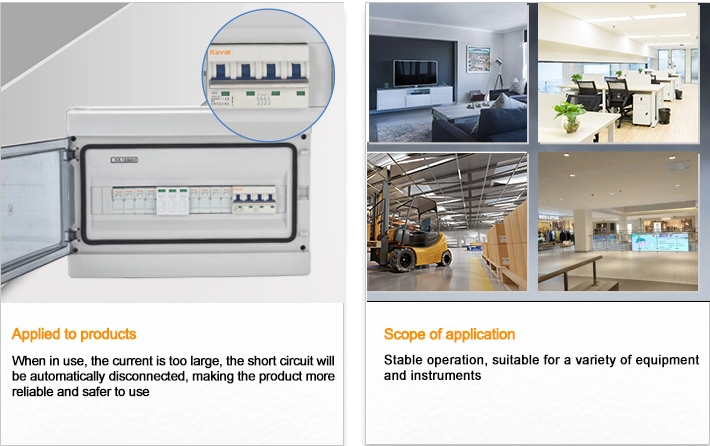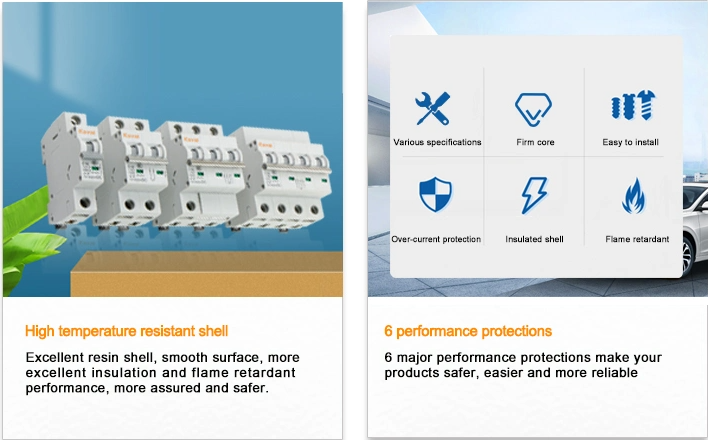The Role of Circuit Breakers in Safeguarding Your Home
Circuit breakers are electrical switches that protect the circuit breaker box from damage. The circuit breaker box houses an array of different domestic circuit breakers that are usually numbered to differentiate them. Once a circuit breaker in a house is pulled down, it switches the power off for that specific area of the house.
There is often a larger circuit breaker within the box that is called the main breaker, pulling down the main breaker results in cutting power off to the entire house. The damage that can occur is often caused by over current/overload or short circuits which can happen for many reasons.
How Do Circuit Breakers Protect Our Homes?
There main reason why it is compulsory to install a circuit breaker in your home is that it protects against overload and short circuits.
As we know, electricity is necessary for household operation. Lights, fans, refrigerators, TV and all the other appliances need electricity to work.
However, the electric supply is not stable. Due to storms and faults, the power can cause overload, which can be fatal. It will not only damage your appliances but also result in casualties.
In order to avoid these unforeseen circumstances, you need to install circuit breakers. It is a protective system that helps to protect your homes against power surge and many other problems.
If you want to know more about circuit breakers, follow this guide. In this article, we are going to explain how circuit breakers protect our homes.
How Does A Circuit Breaker Work?

A circuit breaker is a device that protects electrical wires in a home from being overloaded. An overloaded electrical circuit could result in the failure of electrical appliances and electronic devices.
If an overload occurs, the breaker can cut power to the entire house or a specified zone. The process does not depend on the number of appliances present but rather on the size of the wires and the amount of electrical load.
The circuit breaker interrupts the flow of electrical current when it senses an overcurrent. It does this by tripping the breaker, which cuts off the flow of electricity. If a fire or electrical shock occurs, the breaker shuts off the power until it has repaired the problem.
If a faulty circuit is discovered, it will trip to cut off the power to the affected area. To prevent a fire, a tripped circuit breaker will stop the flow of electricity.
A circuit breaker contains a small piece of solder and a spring. The solder is a fusible metal that reacts to excess current. When a wire becomes overheated, the solder melts, and the breaker trips. An arc is created, which erodes the contact material. The circuit breaker will reset itself if it senses that it is overheating.
How Does Circuit Breaker Protect Our Homes?
Circuit breakers protect our homes by shutting off electricity when they detect that a wire is overloaded. Eventually, this heat can cause appliances and electronic items to burn out and even cause a fire.
When a circuit breaker trips, the power is immediately turned off to that area or zone. Circuit breakers are also designed to sense electrical faults and shut off the flow of electricity. Overloading a circuit can lead to damage to outlets and appliances. In addition, the surges can damage cities.
Inflammable materials can catch fire if damaged cables or a damaged switch fail to protect them from overheating. This can result in a fire. Because of their cost-effective design, they are widely used in homes.
Unlike traditional fuses, circuit breakers don’t have to be replaced after one use. Once tripped, the circuit breaker automatically resets itself to avoid further damage. And, unlike fuses, circuit breakers can be used over again.




